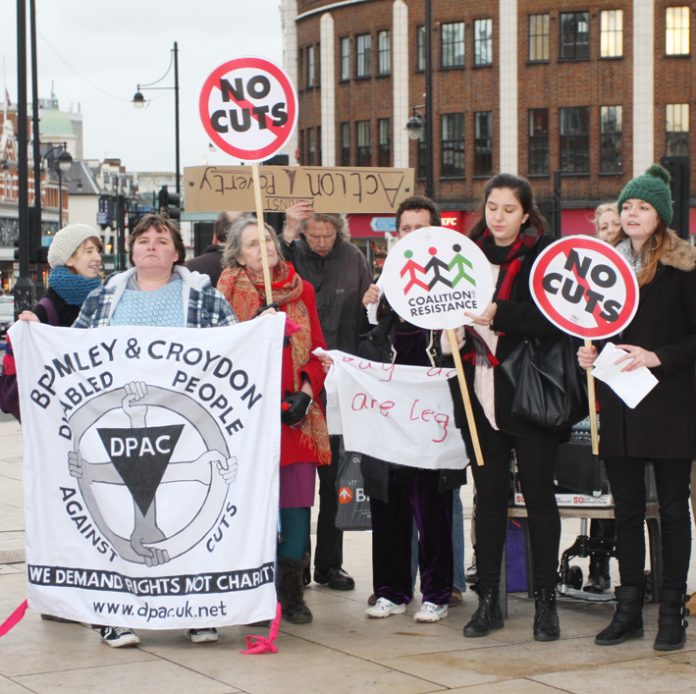ANY talk of ‘recovery’ has been well and truly scotched by the revelation that Britain’s trade deficit widened more than expected in January, rising to nearly £10 billion.
The Office for National Statistics figures released on Friday, show the goods trade deficit was £9.793 billion ($16.5 billion) in January, compared to £7.662 billion ($12.6 billion) registered in the previous month.
The increase came as a surprise to bourgeois commentators given that a poll of economists had predicted a trade deficit shortfall of £8.6 billion.
One of the contributing factors to the widening deficit was a decline in UK exports, which fell by four per cent to £24.248 billion, making it the lowest level since June 2012.
Chancellor Osborne has said he plans to present measures to help UK exporters and encourage investment when he announces the annual budget on Wednesday.
The trade gap shock has come just weeks after the ONS revealed that Britain’s unemployment rate increased unexpectedly to 7.2 per cent in the fourth quarter of last year, meaning over 2.3 million Britons were without work.
The fourth quarter increase marked the first escalation in the jobless rate since February 2013.
l People living in the most affluent areas of England can expect almost 20 years more ‘good health’ than those in the poorest, data suggests.
The Office for National Statistics (ONS) said those from the most affluent areas also live longer overall.
The most deprived are likely to spend more years of their shorter lives in poor health.
Smoking, disease and healthcare access helped explain the gap, the ONS said.
Women in the most deprived areas could expect to live on average seven years less than women in the most affluent postcodes, with men living nine years less.
Data were collected between 2009 and 2011.
The ONS emphasised that an area itself was not deprived, but that it was the ‘circumstances and lifestyles’ of people living in that area, relative to those in another.
The survey took into account income, employment, health and disability, education, barriers to housing and services, living environment and crime.
People in the most disadvantaged areas were twice as likely to smoke than those in the most affluent areas, which could be partly behind the disparity, said a spokesperson for the ONS.
Immunisation rates also helped people to live longer in richer areas. ‘This study will provide a benchmark figure for future studies,’ the ONS spokesperson said.
